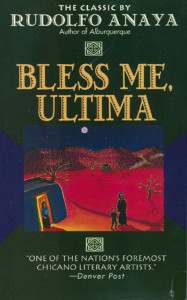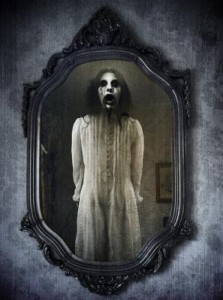In this candid interview, Chicana author Cherrie Moraga discusses the influence of her ancestors, especially of her mother a cuentista, in her writing process. She encourages young artists to surrender the limitations of their ego and embrace the memory of others to allow “much more profound truths” to inspire them. She criticizes mainstream American culture for being exclusively focused on the future, not recognizing the past as an important guide that leads us ahead. She warns us about the danger of constantly moving forward without paying attention to the memories that are destroyed in this transition. Moraga makes an important connection between this obsession with the future and the gradual weakening of Mexican roots in third, fourth generation Chicanos. She calls this disassociating process “cultural amnesia” and remarks that many young people are not even aware of the valuable identity they are losing.
As a strong advocator for Latino pride and activism, she denounces the saddening treatment of undocumented Mexican immigrants, who despite being natives, are treated with profound desprecio and are viewed as a social disease.
Although I found a longer talk, I chose to share this particular interview because I think the ideas she expresses here are relevant to our study of “The Hungry Woman”. Moraga clearly sees Mexicanos as being treated as “the other”: disrespected, disenfranchised and pushed aside. This reminded of me of how Medea was penalized after her lesbian relationship, deprived of her role as a revolucionaria, despised and forced into exile. The presence of memory in the story, the constant flashbacks and the allusions to ancestral indigenous practices, was another commonality I found between the play and this talk.



